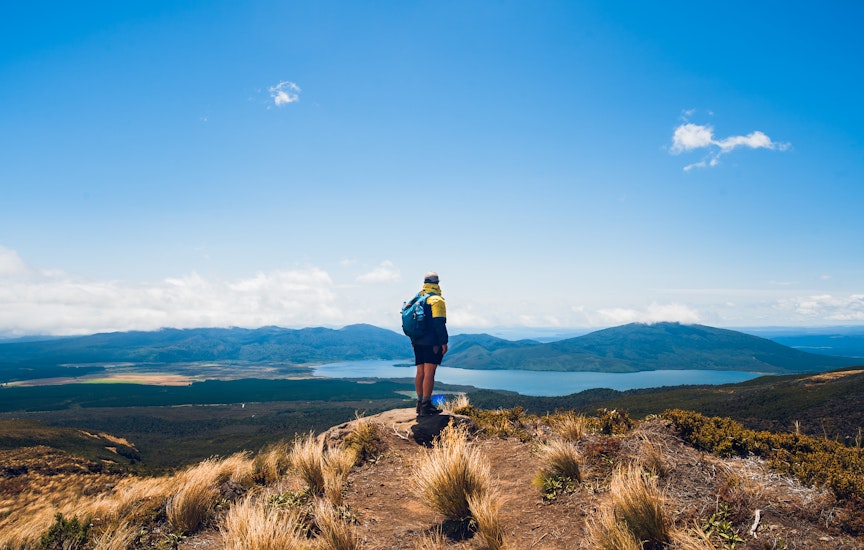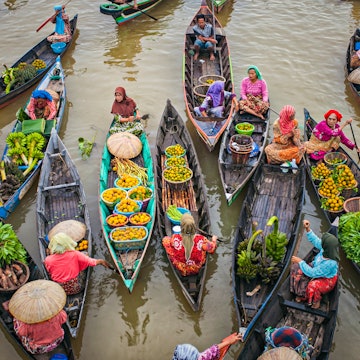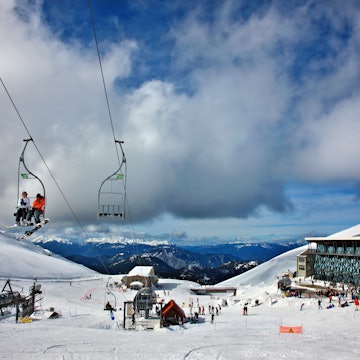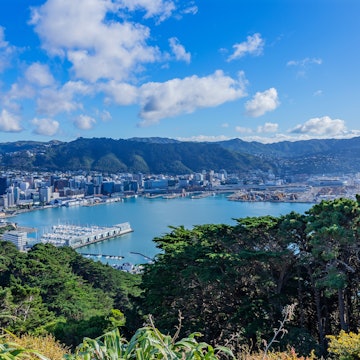

The Milky Way over the Church of the Good Shepherd on New Zealand's Lake Tekapo. Beerpixs/Getty Images
Have you ever experienced the night sky in complete darkness? Far from city lights, the stars in remote places shine so brightly they almost don’t seem real. The Milky Way can glow like a cloud, planets such as Venus are easy to spot with the naked eye, and constellations dot the sky in every direction.
Thanks to low light pollution and a population of just five million (plus 23 million sheep who don’t need streetlights), New Zealand boasts some of the darkest skies in the world. It’s home to nine certified Dark Sky Reserves, Sanctuaries and Parks – protected areas of exceptional night skies certified by the nonprofit DarkSky International – with more on the way. In fact, New Zealand is on track to eventually become the world’s first “Dark Sky Nation” (that is, if you don’t count the tiny country of Niue).
Stargazing is also an opportunity to learn more about NZ’s people. From celestial navigation to seasonal calendars, experience the night sky through a Māori lens to learn about constellations, stories and deep ties to Māori culture.
Here’s how – and where – to make the most of New Zealand’s stellar night skies.
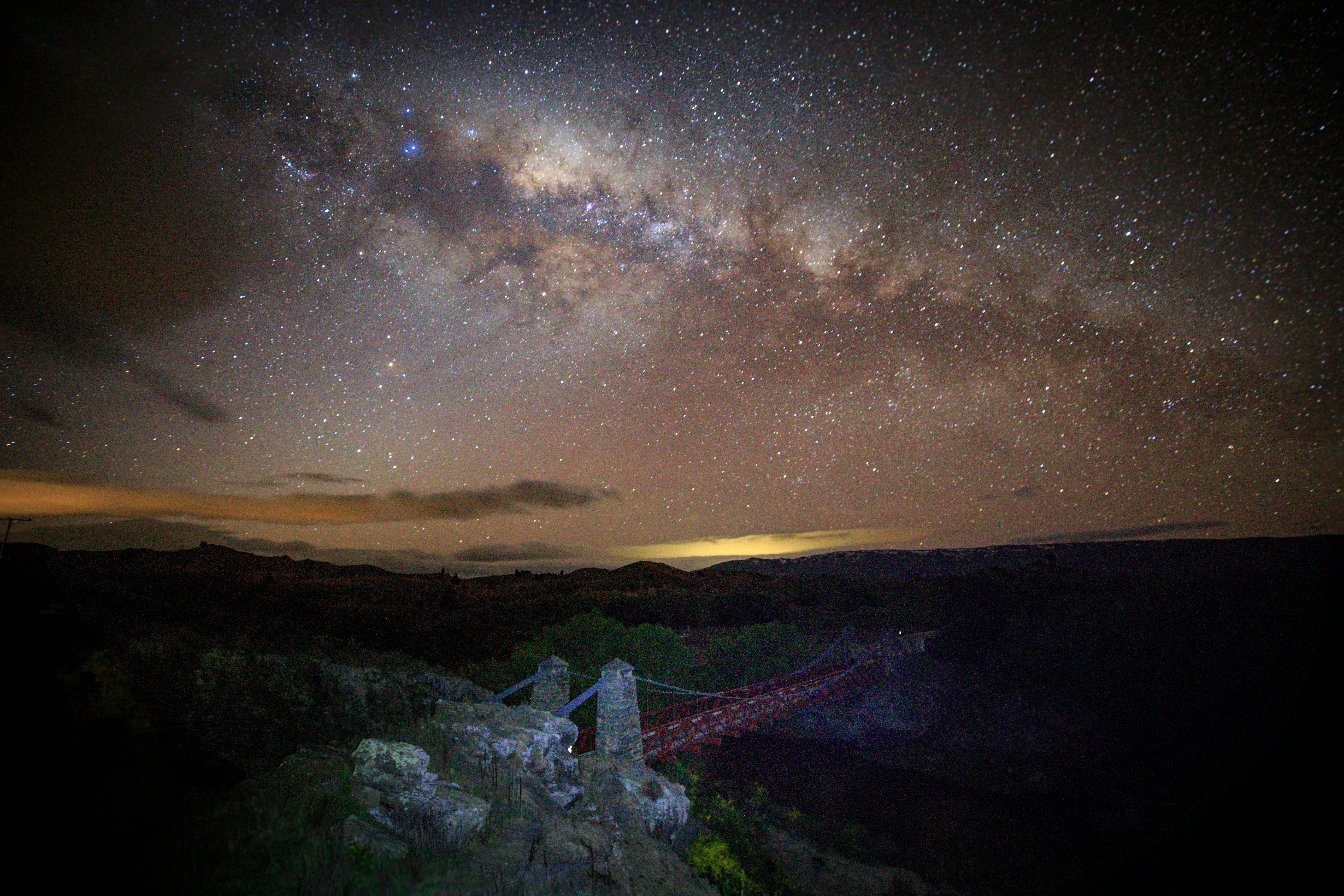
What is the best time of year to stargaze in New Zealand?
You can stargaze year-round in New Zealand, but the best time is fall and winter (May to September), when nights are longest and the skies are often clearer. In peak summer (December), with sunsets after 10pm, there are only a few hours of true darkness for stargazing. While the Milky Way is visible throughout the year, its bright galactic core appears most vividly in winter.
Avoiding the moon is also key, as its light can wash out the stars, so aim for a new moon if you want the best views. A special moment in the stargazing calendar is Matariki, which became a public holiday in 2022 and typically takes place between late May and early July. Marking the Māori New Year – when the Matariki (Pleiades) cluster rises in the winter dawn sky – this signals a time to reflect, celebrate and prepare for the year ahead.
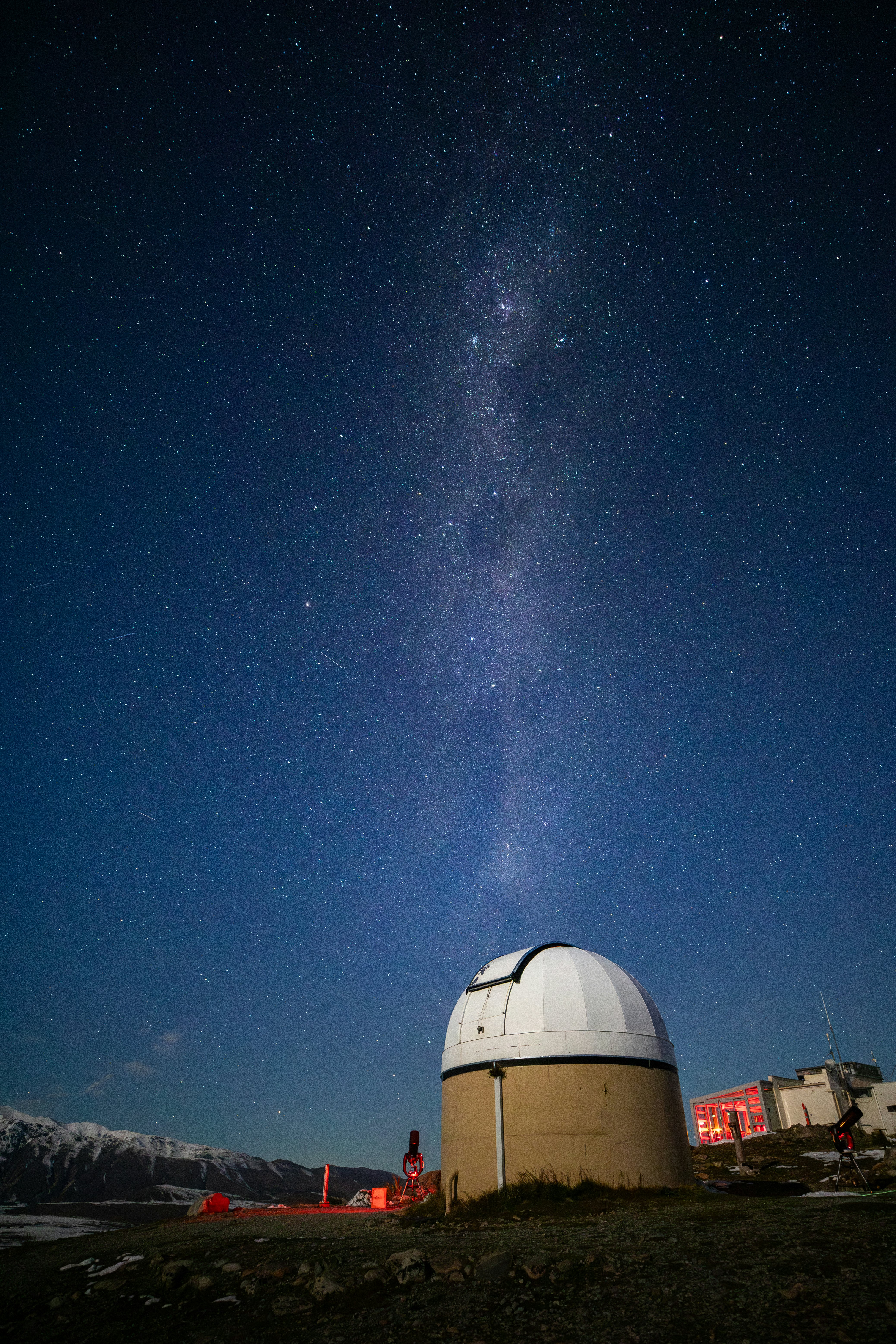

Meet your new travel partner
Unlimited data while you travel with Holafly eSIM. Use code LONELYPLANET for an exclusive discount.
Where are the best places to stargaze in New Zealand?
Stargazing is great all over New Zealand thanks to low light pollution. Even near cities like Queenstown, the Milky Way can shine overhead. For the best views, head away from artificial light. Remote areas and Dark Sky Reserves offer the clearest skies. Once you turn off your lights, your eyes will naturally adjust to the darkness, and the stars will appear brighter and brighter. If you need to use a flashlight, try one with a red light instead of white light.
Tekapo
The Aoraki Mackenzie International Dark Sky Reserve is New Zealand’s most famous stargazing spot and the largest in the southern hemisphere. Centered around Lake Tekapo and stretching through Aoraki/Mt Cook National Park, it’s home to the historic Mt John Observatory, a working research station.
To look through the observatory’s telescopes, book a tour with the Dark Sky Project. These experiences include Māori astronomy, with leading Māori astronomer Victoria Campbell at the helm. Other options include Tekapo Springs and private tours with operators like Alpha Crux, who will travel to your accommodations with a telescope.
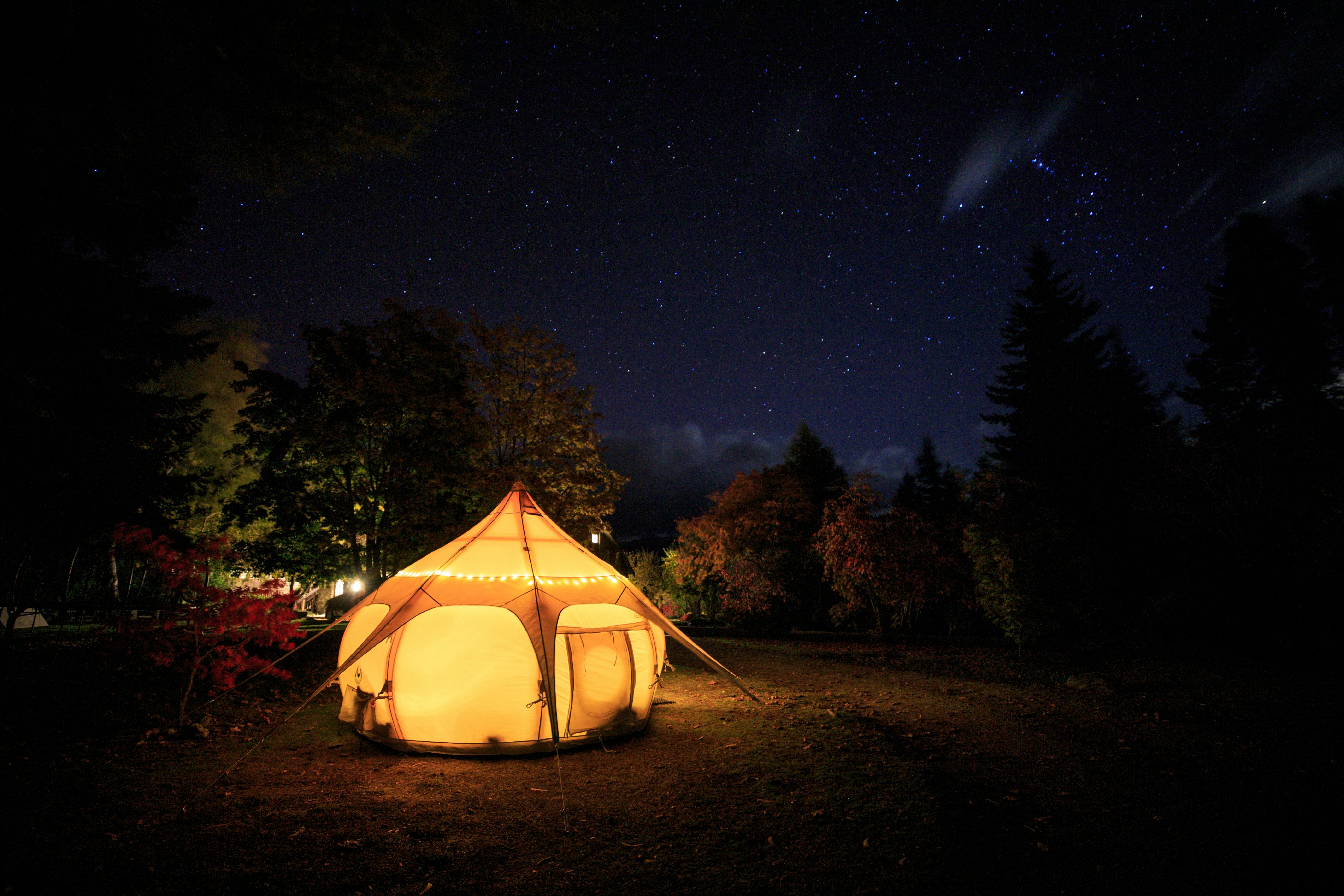
Kaikōura
Kaikōura became a Dark Sky Sanctuary in 2024, partly to help protect the endangered Hutton’s shearwater, a local seabird sensitive to artificial light. Situated 2½ hours north of Christchurch, where mountains meet the sea, Kaikōura is a stunning stargazing spot offering unique experiences like ziplining under the stars with EcoZip, private "star-grazing" dinners and tours with Moana Skies.
Great Barrier Island/Aotea
A few hours by boat from Auckland, Aotea (Great Barrier Island) is one of the best stargazing spots on the North Island. With more than half the island protected and having been minimally developed, it earned Dark Sky Sanctuary status, far from city lights and perfect for clear night skies. Operator Good Heavens offers small group tours of the night’s sky from the comfort of moon chairs on the beach.
Wairarapa
Close to NZ’s little capital of Wellington, the Wairarapa Dark Sky Reserve spans a large area east and north of the city. An area famous for its wineries, the charming town of Martinborough is a great base for stargazing. The Wairarapa is also home to Stonehenge Aotearoa, an open-air astronomical observatory. But if you’d prefer to cuddle up to look at the stars, Under the Stars will bring a private stargazing session – complete with telescope – right to your accommodation.
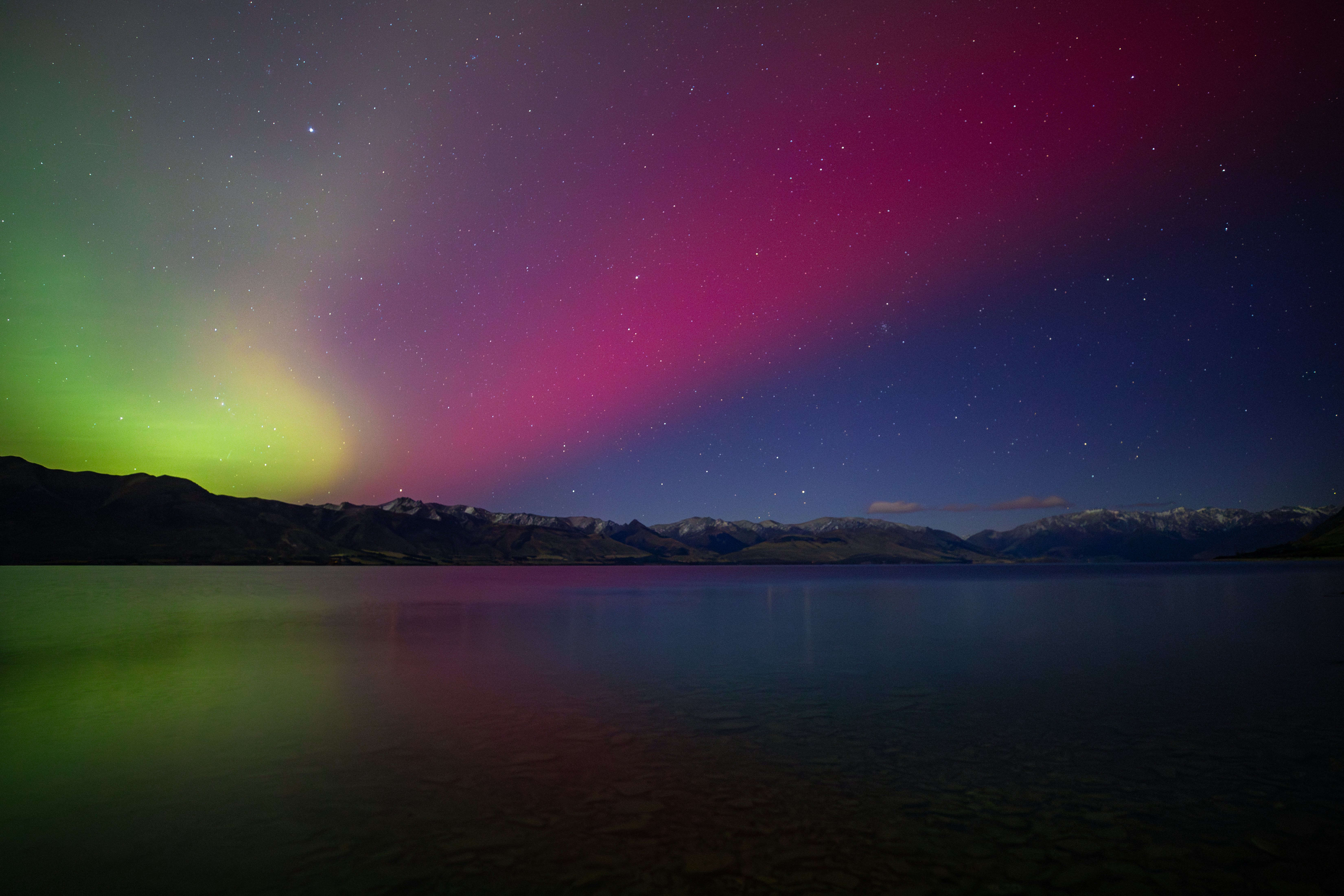
How do you see the southern lights in New Zealand?
Aotearoa (NZ’s Māori language name) is one of the only places on Earth where it’s possible to see the southern lights (aurora australis). Winter (May to September) offers the best chance to see the dancing lights, with longer, clearer nights. Minimal moonlight helps, too. The further south you go, the better; though a clear, unobstructed horizon helps. Auroras often appear as faint beams of light to the naked eye, with vivid colors showing only during high solar activity or in long-exposure photos.
Aurora forecasts are available through the University of Otago and active Facebook groups such as Aurora Australis (NZ). With strong solar activity expected through 2025, now’s a great time to go out aurora hunting, especially with newer phones capable of capturing them.
Where are the best spots to see the southern lights?
Stewart Island/Rakiura
Off the coast of the South Island, Stewart Island/Rakiura is New Zealand’s third-largest island. Its name, Rakiura, means “glowing skies” in reference to the southern lights. Almost the entirety is protected as a national park, and there is very little light pollution here. Combined with its prime southerly position, it’s just about as south as you can get in New Zealand to see the southern lights.
Glenorchy
New Zealand’s newest Dark Sky Sanctuary as of February 2025, Tāhuna Glenorchy is only 45 minutes from Queenstown. Created with a focus on conservation, it protects both the land and the skies. It’s one of the rare places where you can see the Milky Way’s core and the southern lights, and it’s the only Dark Sky Sanctuary set to experience a total solar eclipse in 2028. Great stargazing spots include the waterfront and lagoon walk near town.
The Catlins
The southeast corner of New Zealand, known as the Catlins, has a beautiful coastline with little light pollution. Looking south, it’s a great place to see the southern lights. Its popularity with stargazers and astrophotographers has prompted the region to consider becoming another Dark Sky Reserve.

Where are the best places to stay for stargazing?
New Zealand’s passion for stargazing means many accommodations are designed to highlight the night sky, usually in rural, low-light areas. Popular spots include DOC huts and campsites like Lake Sylvan near Glenorchy and along the Routeburn and Milford Tracks. Near Glenorchy, the Headwaters Eco Lodge and Kinloch Wilderness Retreat offer a range of stays, while Kaikōura’s Hapuku Lodge + Tree House also features stargazing experiences.
Two standout networks for star-friendly stays are Canopy Camping, with boutique glamping on remote farms (like River's Edge Te Awa Tent and Cattle Flat Hut), and PurePods, glass eco-cabins in rural spots including Kaikōura and Banks Peninsula’s Pōhue PurePod, which offers stargazing from bed.
In Twizel, which sits within the Aoraki Mackenzie Dark Sky Reserve, options like SkyScape’s glass cabins, Skylark Cabin’s skylight, and the High Country Cabin provide great views. For a central Tekapo stay, Aldourie Lodge is just 100m (328ft) from the iconic Church of the Good Shepherd – a favorite backdrop for astrophotographers.






